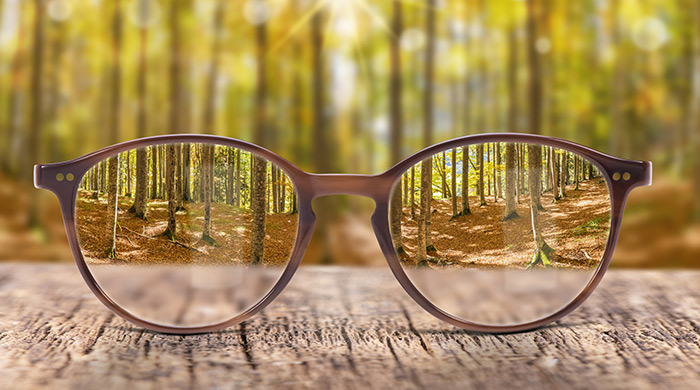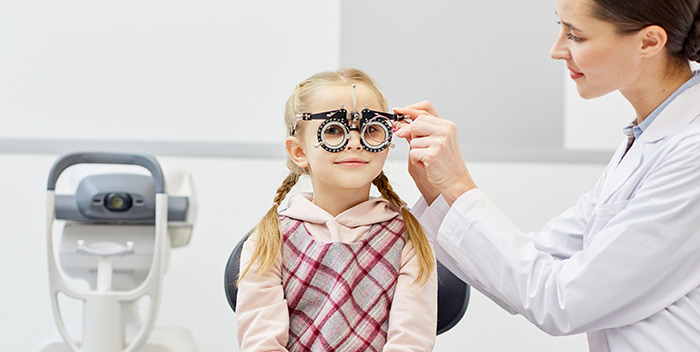|
Myopia (also called nearsightedness) is the most common cause of impaired vision in people under age 40. In recent years, its prevalence is growing at an alarming rate. Globally, research suggests that in the year 2000, roughly 25 percent of the world's population was nearsighted but by the year 2050, it's expected that roughly half of the people on the planet will be myopic.
|
 |
|
Symptoms:
|
|
Myopia is when one can see things perfectly when they are near, however objects in the distance are blurred. Some of the signs and symptoms of myopia include eyestrain, headaches, squinting to see properly and difficulty seeing objects far away, such as road signs or a blackboard at school.
It is a very common condition in which the light coming into the eye is not focused properly onto the retina, making it difficult to see objects far away. The condition is usually caused by an elongation of the eyeball that occurs over time. Myopia is typically treated with spectacles or contact lenses.
Progressive Myopia has become far too common among children in the last 20 years. In Progressive Myopia, the near-sightedness often begins in early childhood, and worsens through adolescence. There is a genetic component to
The causes are both genetic and environmental including:
|
|
Genetics play their part. There is a genetic component to Myopia, so if there is a family history of nearsightedness, it is more likely to occur. Make sure you get your vision checked!
|
 |
| Increased use of technology - compared to twenty years ago, children are interacting with more types of technology more often. Parents are happy to share their handheld devices with their children which are being used at ever closer distances. Children are using technology at a much younger age with lengthy screen times. |
| Perhaps the most easily avoided but biggest culprit is decreased outdoor time - when combined with access to technology, time spent playing outdoors has decreased. Various studies have concluded that time spent outdoors allows eyes to benefit from improved light and the ability to focus at distance. |
|
The good news is there are many things you can do to help minimize or even eliminate the risks of progressive myopia for your children.
|
- Get them outdoors. Take them to the park, go for a walk or a bike ride.
- Limited use of technology, including frequency of use, length of use and time of use.
- Get their eyes tested, many eye conditions are controllable or curable when diagnosed early, and progressive myopia is one of those conditions.
- Increasing your intake of fish, nuts, legumes and seeds, citrus fruits, beef, leafy greens and carrots.
|
 |
| Most people don’t think there is anything wrong with their eyes, so they don’t get them regularly tested but the truth is that you might have underlying problems and do need to get your eyes check at least every 2 years. For children this is vitally important as nearly 80% of what a child learns is captured visually. If they are struggling to see, it is likely to affect their grades, their sports performance and even their behavior. |
|

